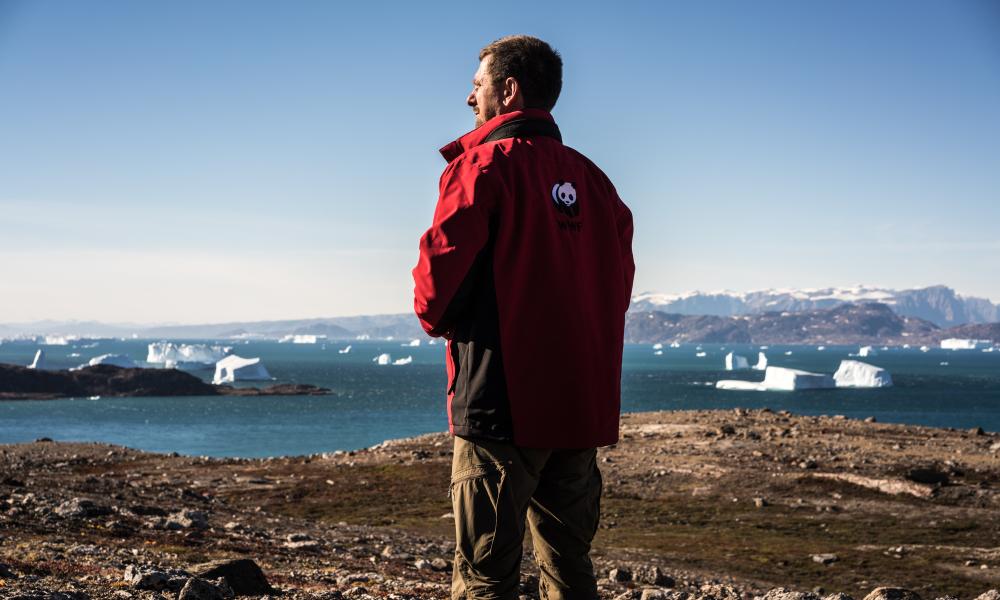
Why the Arctic is so important
The Arctic is crucial for lots of reasons. Not just because it’s home to the iconic polar bear, and four million people, but also because it helps keep our world’s climate in balance.
Arctic sea ice acts as a huge white reflector at the top of the planet, bouncing some of the sun’s rays back into space, helping keep the Earth at an even temperature.
But man-made climate change means the Arctic has warmed over the past few decades – nearly four times faster than the global average.
As the sea ice melts there’s less to reflect the rays, and more heat is absorbed by the ocean, magnifying the warming effect.
The Arctic also helps circulate the world's ocean currents, moving cold and warm water around the globe.
We need your help to tackle climate change, and to safeguard the Arctic from its worst effects.
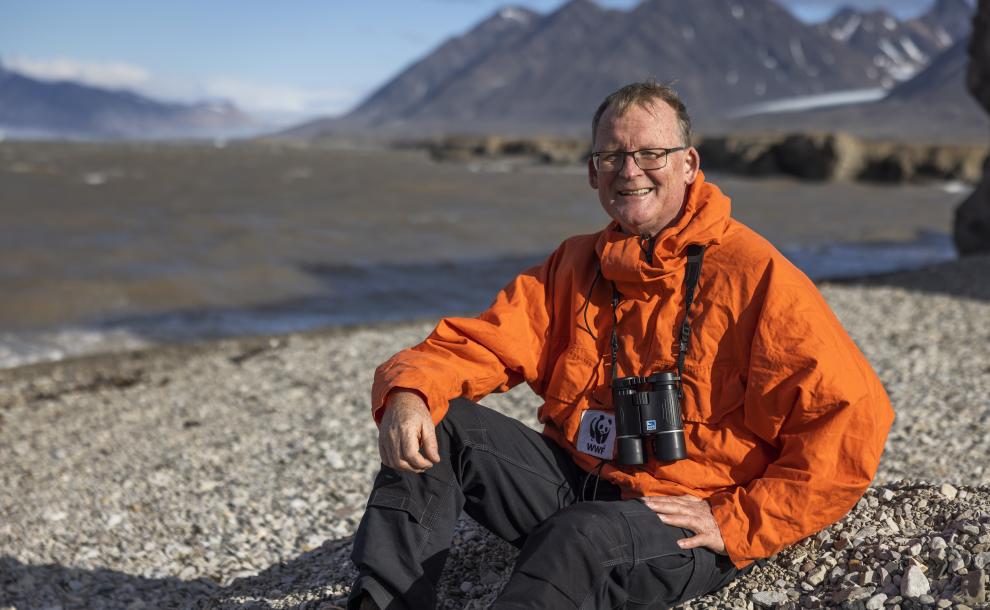
"The Arctic may seem to be remote and intangible, but in fact Scotland is the Arctic’s closest neighbour. It’s in our back yard and what happens there affects us all. Alongside the amazing and uniquely adapted arctic wildlife, there are 4 million people that live there. so its important that Arctic development is sustainable. "
Polar programme manager
80.995136081442, 94.93652997204
Location of the Arctic
Top of the world! The Arctic takes in parts of Canada, Finland, Iceland, Norway, Russia, Sweden, Greenland and the US.
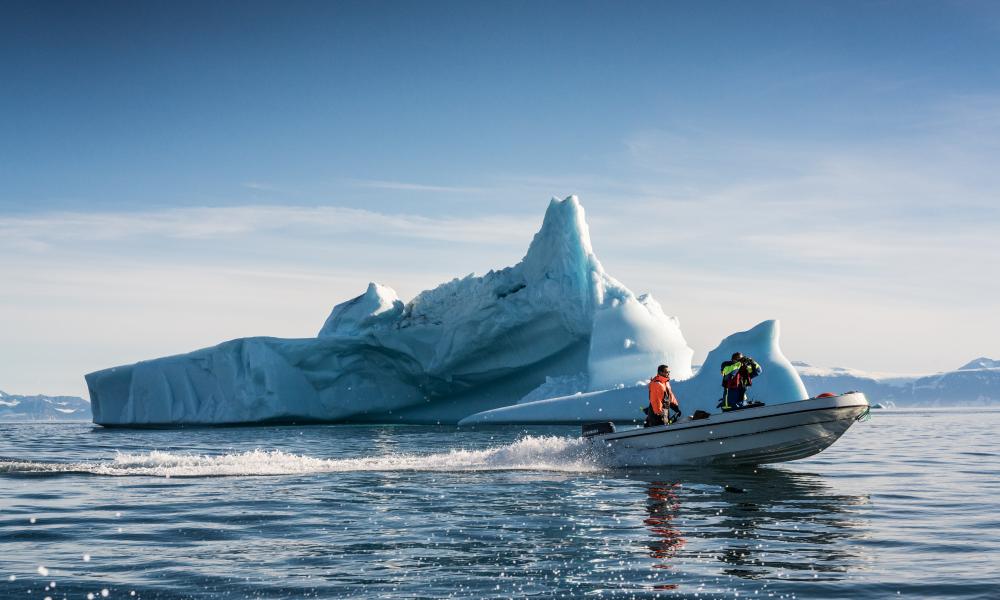
About the Arctic
Unlike the Antarctic, the Arctic is an icy ocean surrounded by land. (Antarctica is land surrounded by ocean.)
The Arctic takes in parts of Canada, Finland, Iceland, Norway, Russia, Sweden, Greenland and the US.
It may seem a bit chilly for some of us, but the Arctic is home to around four million people, including indigenous communities, spread across eight countries.
There’s a amazing amount of wildlife too, all uniquely adapted to life in this icy landscape.
But their environment is changing, because of global warming. Temperatures vary here anyway, from -60°C to +30°C (occasionally even hotter), and the sea ice during the summer months is declining. But with global warming, that ice is shrinking fast.
Scientists predict there may be virtually no summer sea ice in the Arctic within a generation. We need to stop global warming, urgently!

More Arctic protection
Between 1991 and 2010, the amount of the Arctic that has some form of protected status doubled from 5.6% to 11%. There are now 1,127 protected areas in the Arctic, covering 3.5 million sq km. We’re still working with Arctic governments to create a network of protected areas across the Arctic, to help cope with challenges like climate change and increased development in this unique environment.
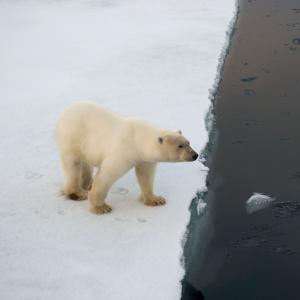
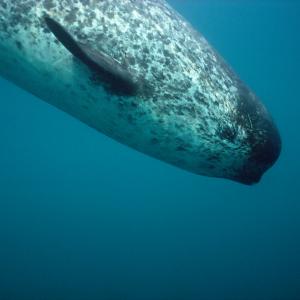
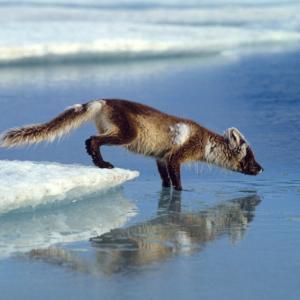
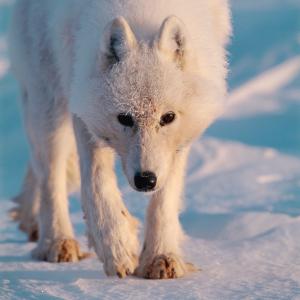
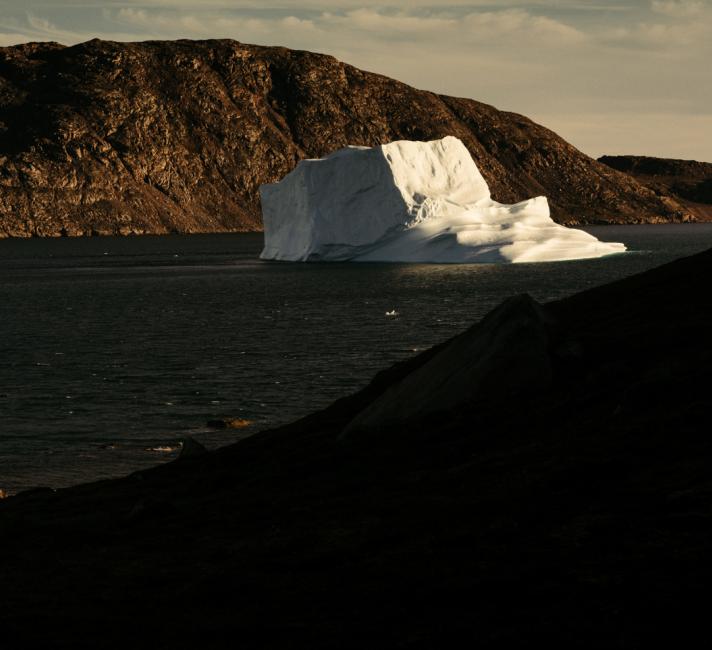
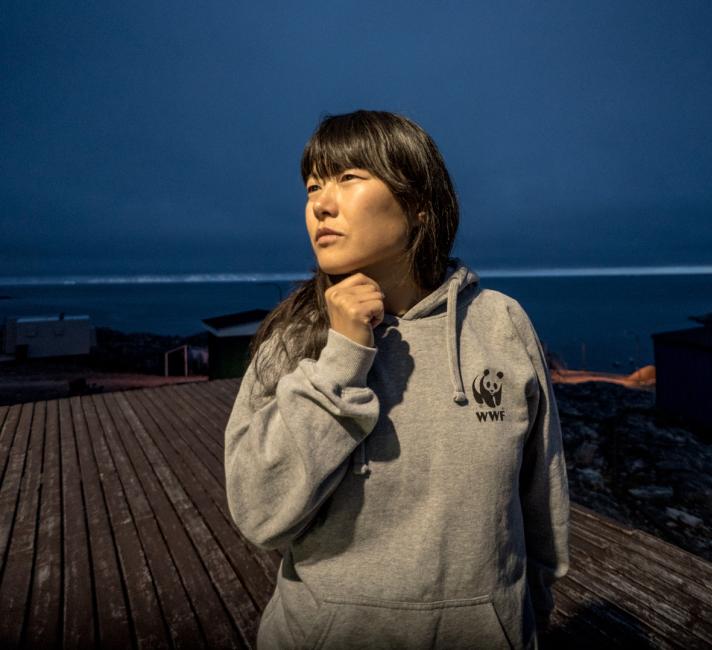
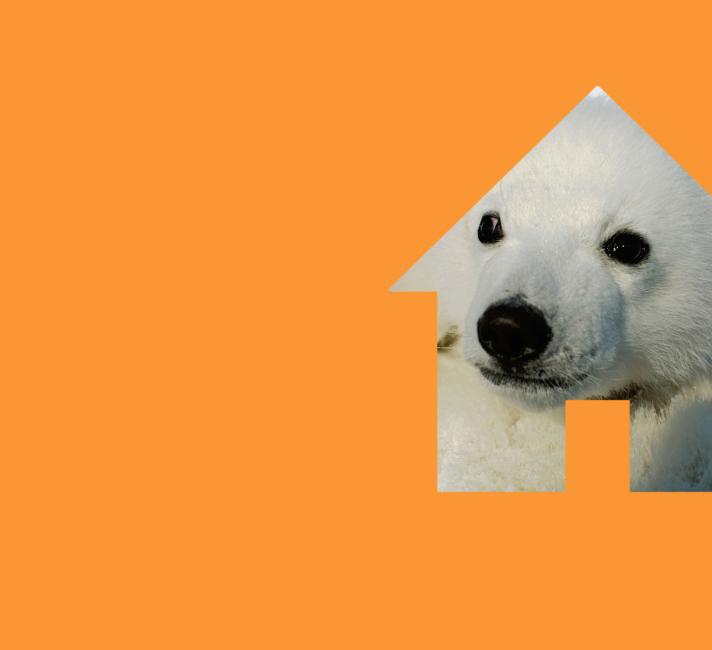
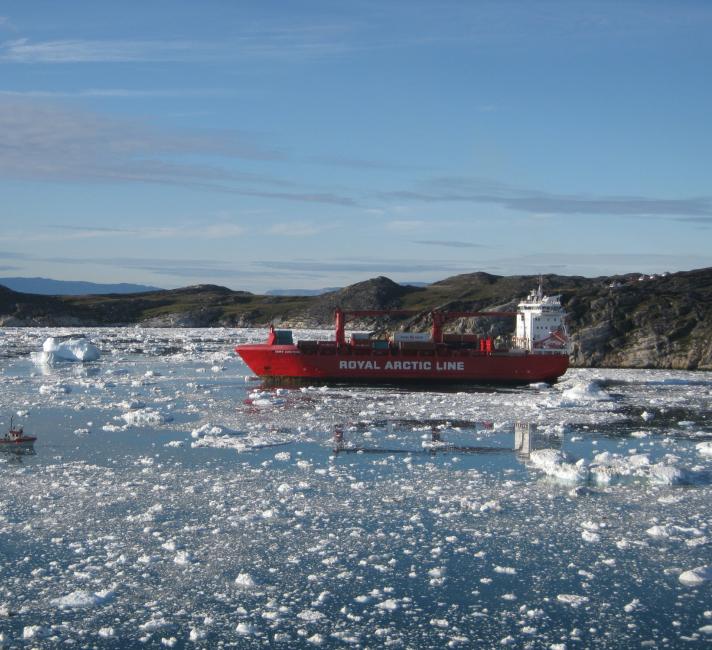
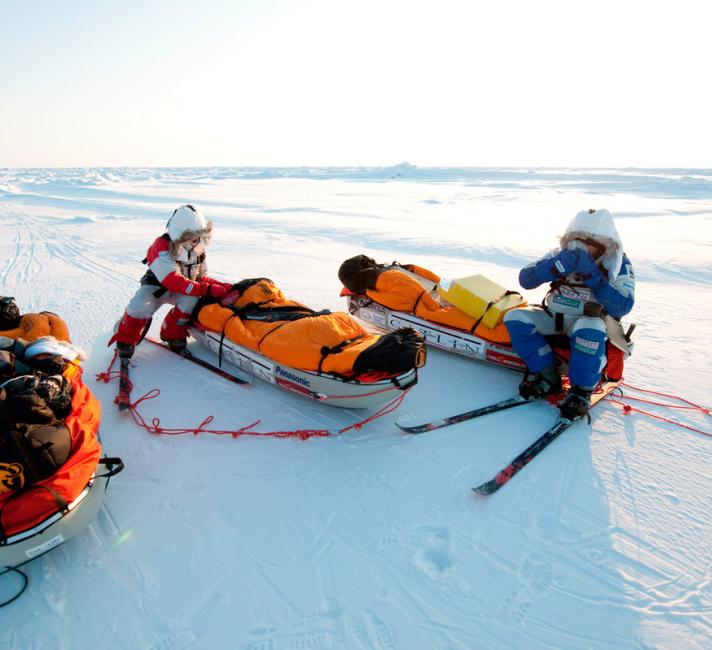
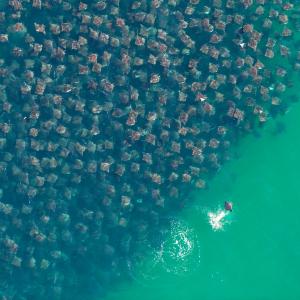
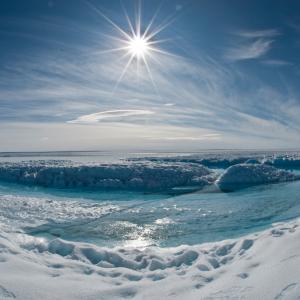
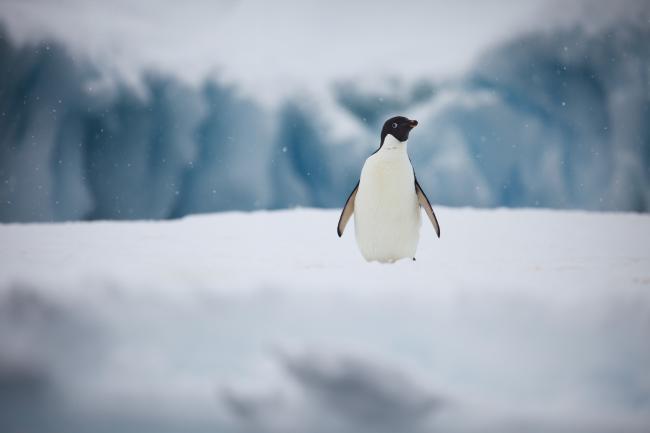
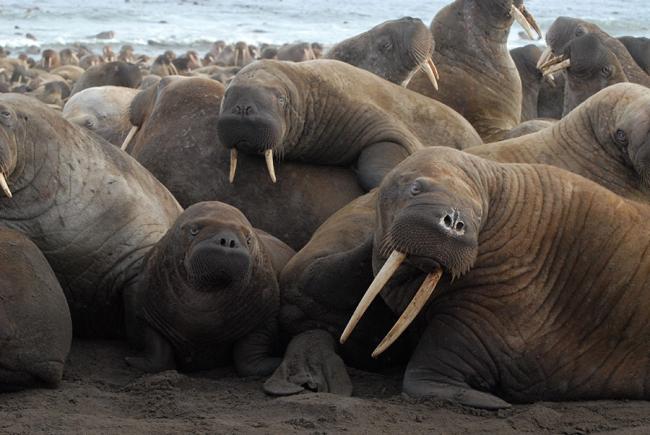
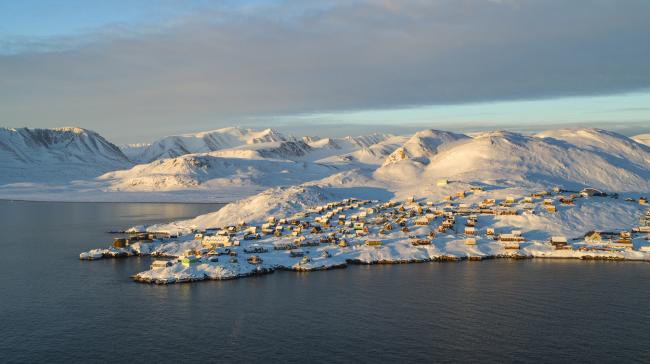
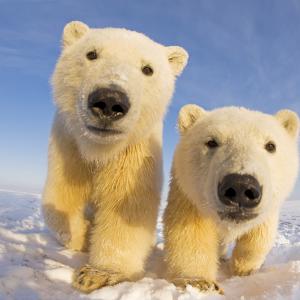
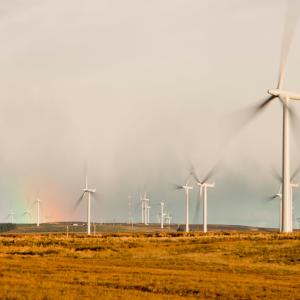
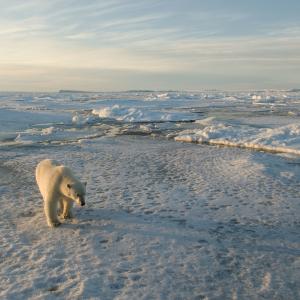
 Polar bear: a powerful predator on ice
Polar bear: a powerful predator on ice
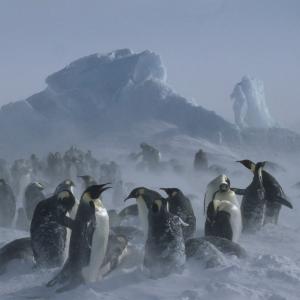 Antarctica: a massive frozen landmass
Antarctica: a massive frozen landmass